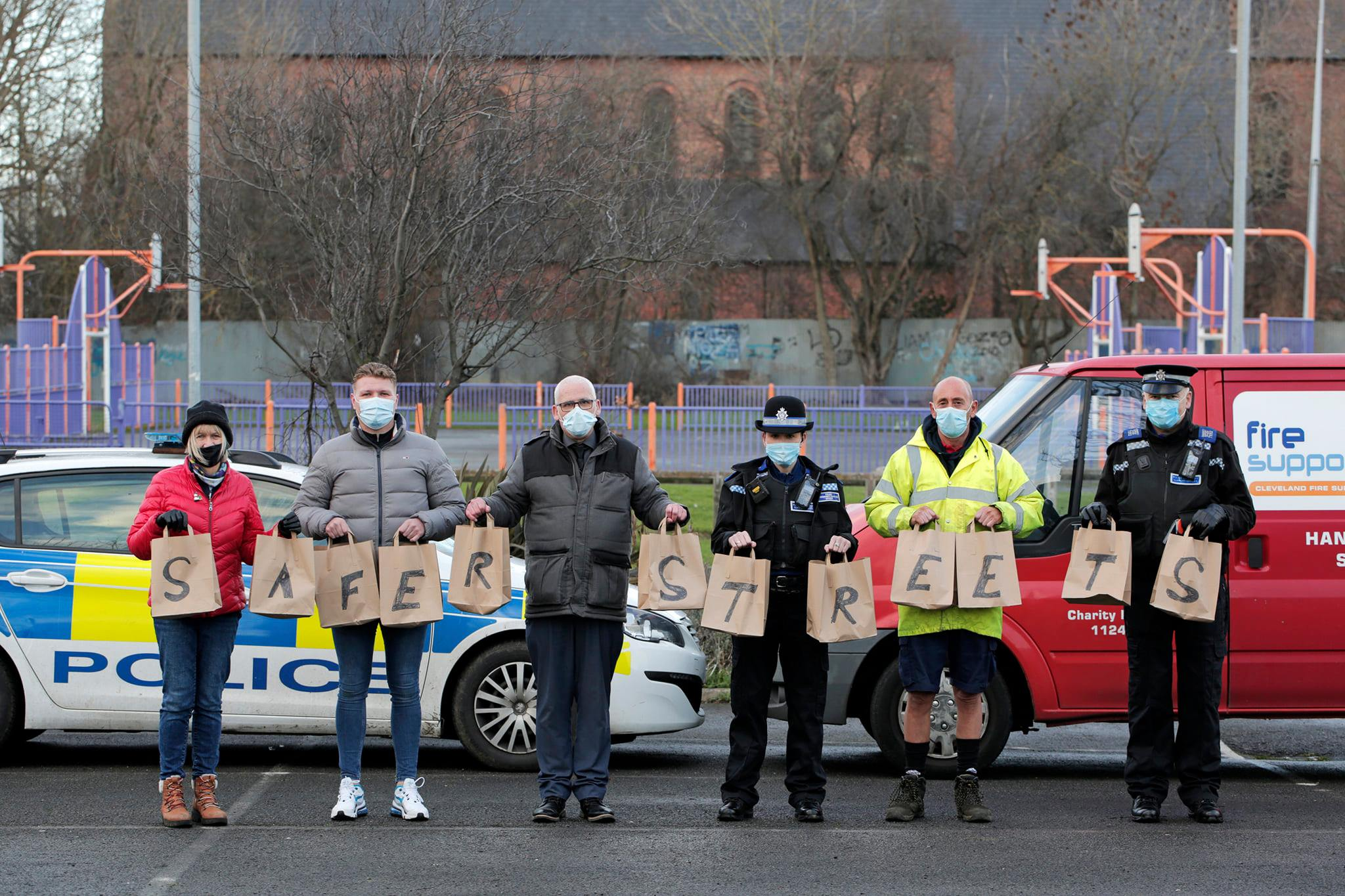REDUCTIONS in burglary, antisocial behaviour (ASB), disorder and criminal damage are just some of the benefits brought to Cleveland by Safer Streets.
The Home Office’s Safer Streets programme, which ended on 31 March 2025, saw more than £3.44m poured into the force area over the past five years.
Money was invested in all four Cleveland boroughs – Hartlepool, Middlesbrough, Stockton-on-Tees and Redcar and Cleveland – with some impressive results.

Massive drop in burglary
Safer Streets 1 in 2020-21 resulted in a massive drop in the number of burglaries in target areas.
In Burn Valley, Hartlepool, burglary figures went down 40 per cent in 2020/21 compared to the previous year. In South Bank, the figure was 49 per cent.
CCTV installed as part of Safer Streets 2, in Stockton-on-Tees, assisted in 94 arrests over an eight week period in 2022. It also helped Cleveland Police to respond to a further 498 incidents.
There was a 57 per cent reduction in ASB reports in Pallister Park and Hemlington, Middlesbrough, as a result of Safer Streets 4 in 2022/23. In addition, reports of arson and criminal damage dropped by 47 per cent. Public order offences fell by 39 per cent in both areas.

The final Safer Streets programme – Safer Streets 5 – focussed on target areas close to the town centres of Hartlepool, Middlesbrough and Stockton-on-Tees.
During the scheme (2024-25,) ASB reports fell by as much as 38 per cent in the target areas of Portrack, Tilery and Ropner, Stockton-on-Tees.
In Middlesbrough, reports of Neighbourhood Crime in the target areas of Central, Longlands and Beechwood went down by 16 per cent.
In Hartlepool, Safer Streets 5 saw a 60-ton reduction in fly tipping. That’s a drop of 13.2%, giving the council a saving of £6,000. Normally, the council pays £100 per ton to dispose of discarded rubbish.
Extremely successful
Cleveland Police and Crime Commissioner Matt Storey said: “Safer Streets was an extremely successful programme.
“It allowed the OPCC and its partners to invest extra resources in the areas, which needed them most.
“Thanks to everyone involved, who helped make Safer Streets such a success. All of our partners put a huge amount of work into making things happen over the past five years.
“Now the scheme has ended, we will be looking closely at the results with a view to rolling out the most successful initiatives in future projects.”
In addition to some impressive results, Safer Streets saw a range of crime-busting measures installed across Cleveland including:
- More than 154 CCTV cameras
- Screens fitted to more than 177 empty properties
- More than 168 new street lights
- Security improvements to more than 291 alley gates
- At least 76 traffic calming measures including kick rails and concrete “lego” blocks to prevent vehicle access to green space and other, pedestrianised areas
- Hundreds of security packs given to residents to help them make their homes safer.
Cleveland OPCC worked in partnership with a number of organisations during the five programmes. They included each of Cleveland’s four councils, Thirteen Housing, Cleveland Police, Safer Communities as well as a number of charities and not-for-profits.
The OPCC successfully bid for Home Office funding in each of the five Safer Streets’ rounds.
